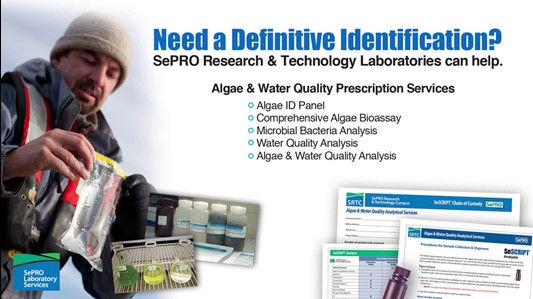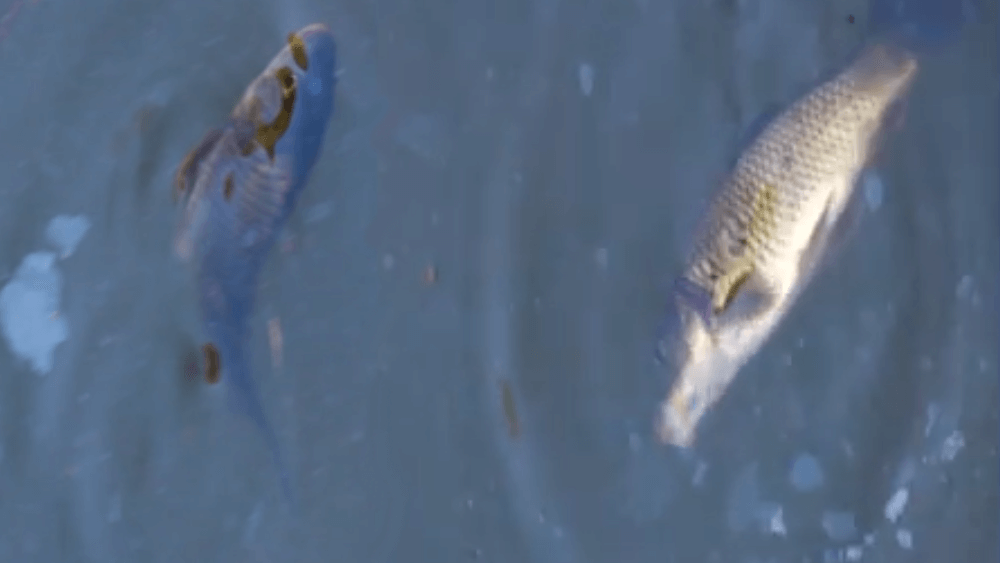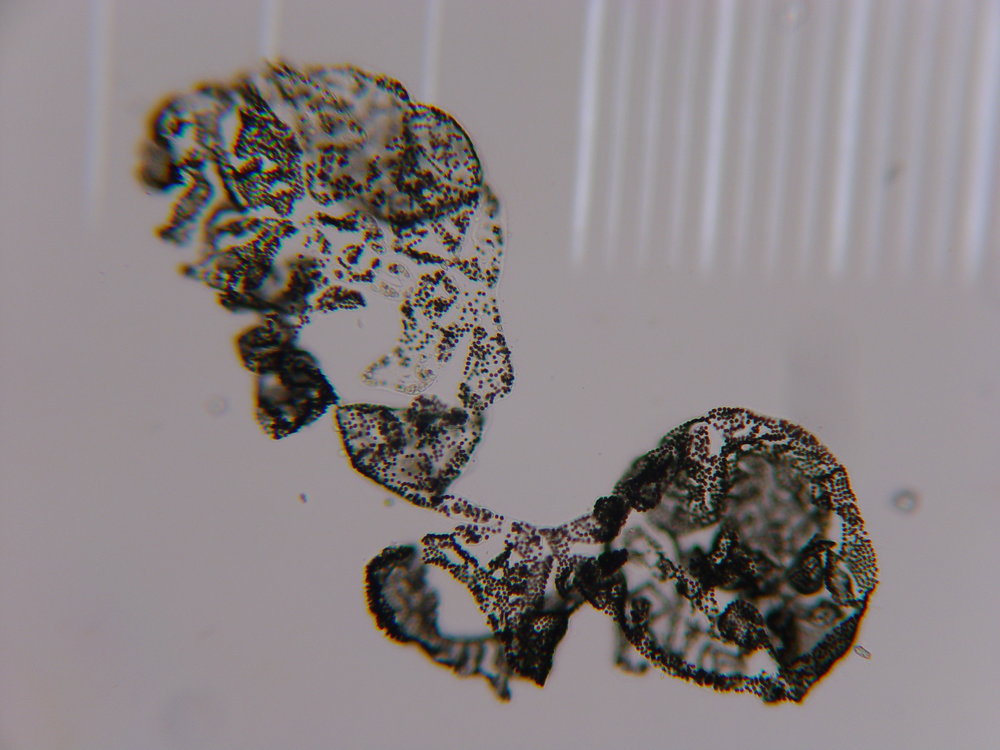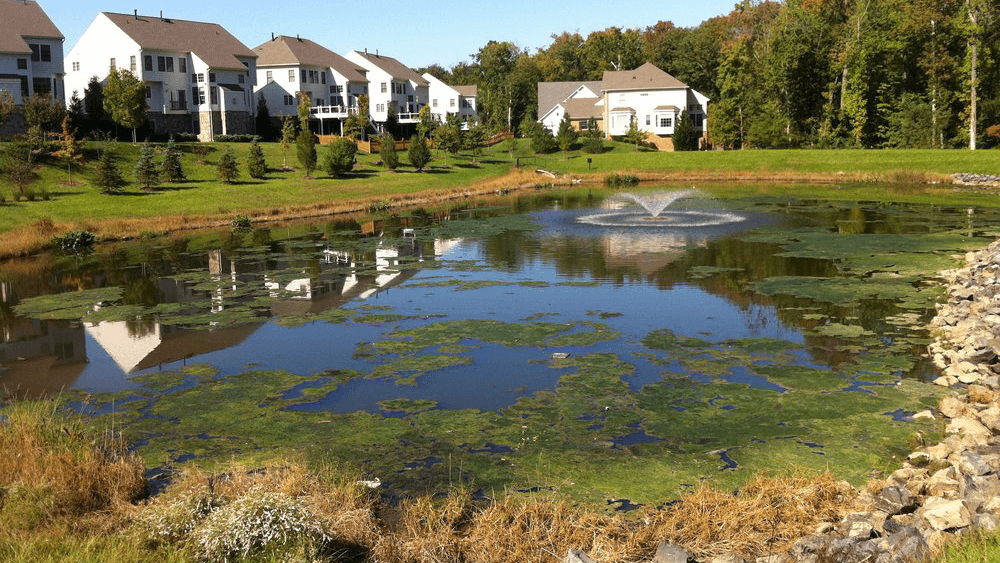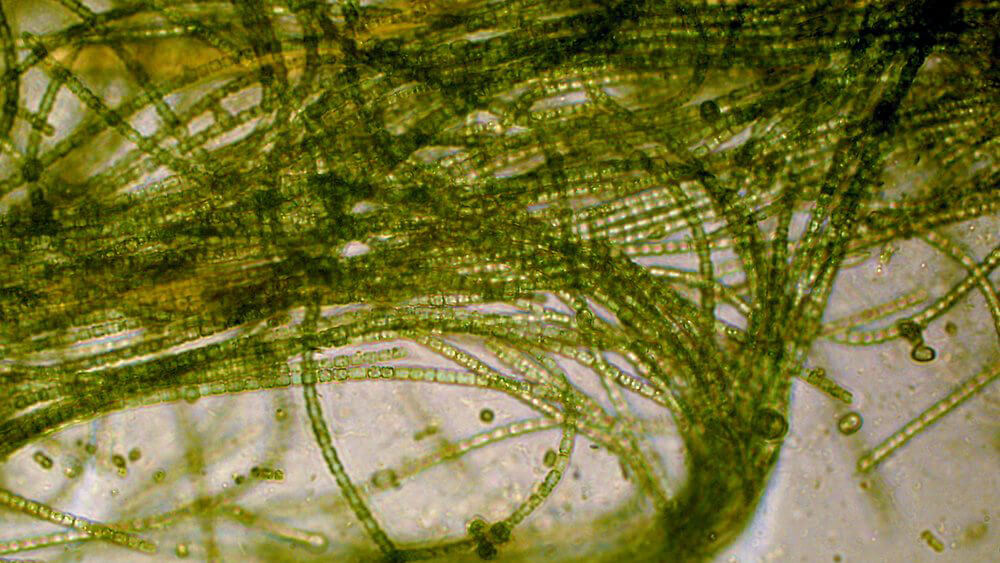Algae Corner: Promoting Healthy Fisheries
Welcome back to the Algae Corner! Today we’ll be talking about the importance of algae in a healthy fisheries program.
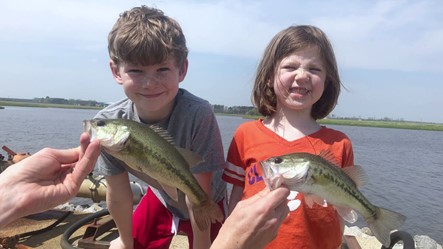
Most people love to have big fish in their pond, like big bass, bluegill or trout. In fact, many people try to grow those big fish in their pond, and algae are very critical components of those aquatic ecosystems.
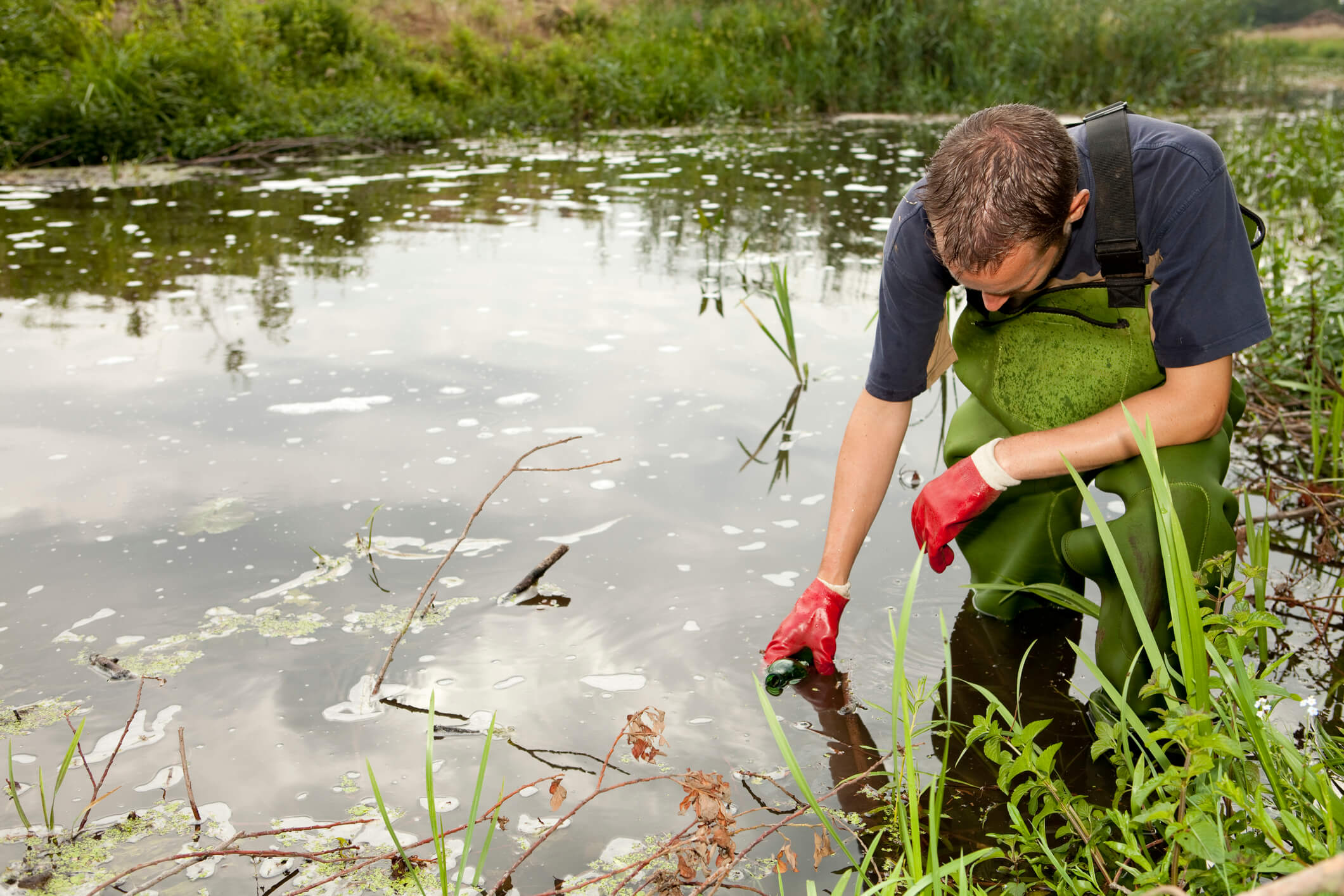
Algae Corner: Fish Kill Causes
Want to get Updates? Get the latest news by subscribing to our channel:
Not all algae are equal

There are some algae that are very good for the system that can help you grow those big fish. They will help you have a nice, healthy aquatic ecosystem. However, there are some very bad types of algae as well. Those algae aren't good for the system that can really harm those fish and not support them in a healthy ecosystem. So, today we’ll cover some of the reasons why one type of algae in particular, the cyanobacteria (blue-green algae), are not good for your system. We’ll talk about why you don't want to have them, and how we can actually select away from them in those aquatic systems.
Algae in the food chain & ecosystem
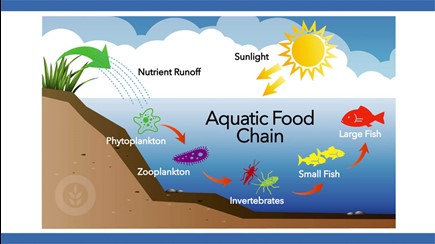
If you recall, algae are the base of this food web or food chain in an aquatic ecosystem. The invertebrates love to eat them. The zooplankton, the small invertebrates and crustaceans out there, and then the small fish eat them. That leads to the growth of big fish in your pond. That fundamental structure of the food chain with the algae at the base is very important to understand. This bottom-up effect through the food chain gets you the results you’re looking for.
Nutrients & algae growth
A lot of people have realized this and they’ve actually fertilized their ponds. They’ll add fertilizer trying to grow more algae to ultimately grow bigger fish. Now, that can actually work. It has worked in some situations, but it can be very risky as well.
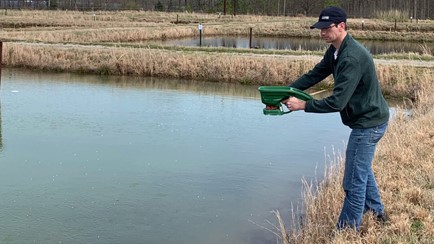
It’s important to understand your background water chemistries, what nutrients you already have in the water, and what type of fertilizer you're adding. How is that going to relate to the availability of those nutrients in your pond system and the ratio of those nutrients in your pond system?
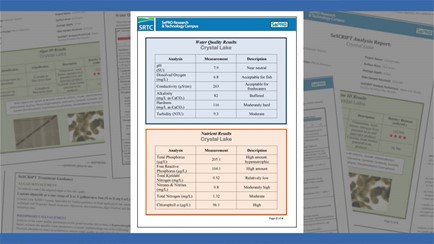
All of those things are very critical things to ask before you go and add a fertilizer. Without a scientific approach you may get lucky and grow those good types of algae, but a lot of times, unfortunately, these fertilizer programs are actually selecting for nuisance types of algae. Quite often, you’ll be promoting cyanobacteria growth in particular, and they’re not good for a system. They don't move up the food chain.
Let’s discuss three main reasons why cyanobacteria are not good for a healthy fisheries program. The first is food chain impacts, next is toxin production, and finally, habitat alterations.
Cyanobacteria (blue-green algae) negatively impact the food chain
Cyanobacteria form big, thick mats and colonies and mucilage, and it’s very difficult for this material to move up the food chain. Invertebrates and zooplankton have a hard time even consuming them.
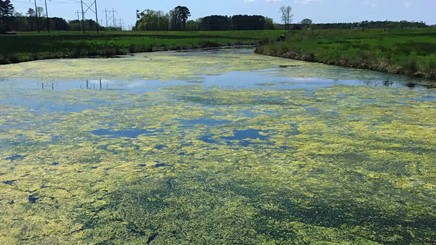
They'll sit up, form a scum on the surface, and in many cases zooplankton can't even access them. As a result they're not good for that food chain and will not help to grow big fish. Some examples of species rejecting cyanobacteria are Daphnia, a small crustacean. They can selectively graze on the green algae, while avoiding or spitting back out the blue-green algae like Microcystis.
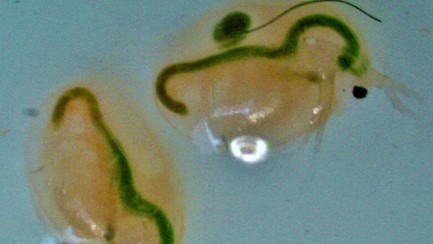
Zebra mussels will do the same thing: they reject this toxic cyanobacteria. Even grass carp don't like to eat Lyngbya, for example, because it smells bad, tastes bad, and produces toxins. Additionally, if they are actually consumed, the benefits are minimal. With their mucilage or protective layers, they can be tough to digest and nutrient-poor.
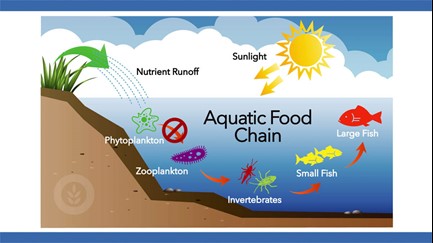
Cyanobacteria (blue-green algae) release toxins that harm fish and other species
These cyanobacteria can release toxins that can cause a lot of different issues from lack of reproduction to protein inhibition. It can have those direct effects on the zooplankton and invertebrates, keeping them from being healthy and growing and reproducing. But it can additionally have toxic effects directly to your fish. Some of the biggest reasons that the cyanobacteria and cyanotoxins can impact fish include fish embryo lethality, or endocrine disruption in the fish.
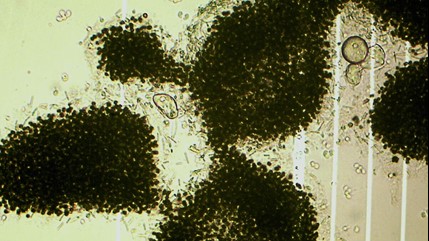
They can impact the immune function of the juvenile fish in particular, causing damage to gonad tissue or even causing liver dysfunction. So having these cyanobacteria in your water, producing these cyanotoxins, is not good for the invertebrates and certainly not good for your fish in order to have a healthy fishery system.
Cyanobacteria (blue-green algae) cause problems with natural habitats
Cyanobacteria can grow so big and so thick they can clog up a lot of areas that are used for spawning.
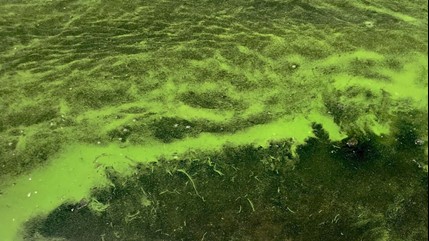
For example, they can cover fish beds, blocking sunlight, when they form mats and scums on the surface. That can also prevent other beneficial types of algae from growing, as well as preventing native plants from growing. Those can be critical habitats for fish to grow, for small fish to hide in, and for large fish to use as they feed on smaller fish. Altering that habitat and selecting away from those good species is something cyanobacteria can do on the habitat side of things, in addition to changing the water chemistry. Cyanobacteria can actually cause dramatic swings in dissolved oxygen.
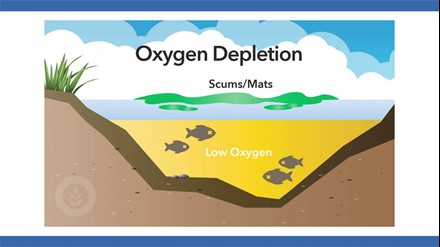
Below those scums, the water can become anaerobic, making it hard for those fish to breathe. They can also cause wild swings in pH throughout the day just in their growth processes. Those dynamic conditions can really stress out and be harmful to a lot of different types of fish.
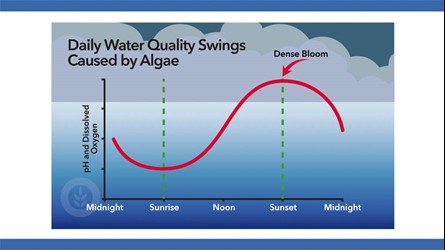
Remember: Not all algae are good algae!
Just because your pond looks green doesn’t mean you’re necessarily on the right track for good fish growth. Maybe you put some fertilizer out there and think you grew some good algae, but it doesn't necessarily mean it's the right type. There's very good types of algae for that system, but as we learned today, there are also very bad types that can impact those fish very negatively in many different ways, both directly and indirectly.
In summary
To recap, today we covered three main reasons why cyanobacteria are not good for a healthy fishery program. First, there's food chain impacts. They don't move up the food chain, and don't allow those nutrients to go and grow big fish. Next is toxin production. Those can directly impact both the invertebrates and the fish themselves, certainly the young fish in particular. And last was habitat alteration, clogging things up, not allowing the beneficial algae and plants to grow.
Thank you for tuning into this episode on importance of algae in a healthy fishery system! If you need help understanding your background water chemistry in your pond or lake, we can certainly help with that. Check out our laboratory services videos to learn more. Or if you want to directly control or mitigate those nuisance cyanobacteria out in your site, we can help with that too, just get in touch with us.
